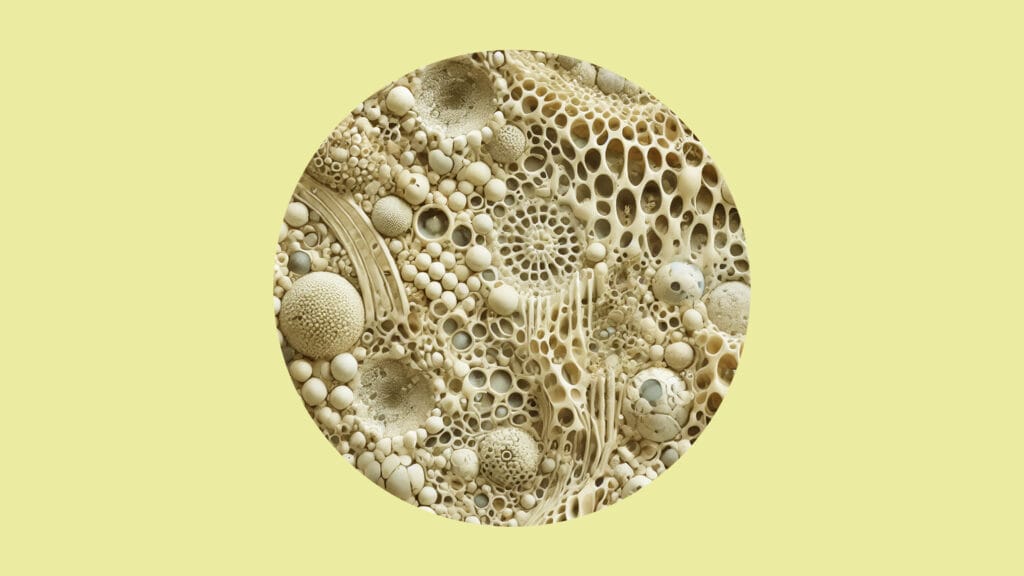The first insights into the etiopathogenesis of metabolic conditions such as obesity and NAFLD (Non-alcoholic fatty liver disease) emerged from the study of animal models. These models have been important for understanding of the physiopathologic pathways of obesity and related diseases and for the development of treatment methods. In these studies, rats and mice were mostly used as model organisms. Studies on these models have revealed that lipid metabolism involves complex sub-processes controlled by many genes. However, since these models do not accumulate and hydrolyze lipids as biological routines of life, they are not considered specific lipid models and often provide limited therapeutic information. The recent proof that insects and humans, in general, have many common genetic elements, especially in terms of lipid metabolism, and the fact that insects are small and easily reproducible organisms and respond positively to functional genome analysis methods such as RNA interference or Crisper/Cass9 make insects excellent models for the study of lipid metabolism.
The main organ of lipid metabolism in insects is the “fat body”, mainly composed of adipocyte cells. In this context, the vinegar fly “Drosophila melanogaster”, which is an important genetic model, has come to the fore as a third model after the mouse and rat in lipid metabolism studies. However, as in the mouse and rat, the fact that the vinegar fly is not a natural lipid model has limited the availability of information on the treatment of lipid metabolism disorders.
Studies on how some insects can survive very long winters and freezing temperatures without feeding have led to the concept of “diapause”. Diapause, a period of “rest or sleep” in the absence of feeding, is a great evolutionary achievement for insects to survive harsh winter conditions. Lipids play a primary role in meeting the long-term energy needs of the insect in diapause. Adult individuals of the potato beetle “Leptinotarsa decemlineata” (Coleoptera: Chrysomelidae) can survive harsh winter conditions by spending 6-7 months in hibernation diapause in the soil. Our transcriptome, proteome, lipidome and RNA interference-based functional genome analyses of adipose tissue transcriptome, proteome, lipidome, and RNA interference-based functional genome analyses of potato beetle larvae, which are fed and starved, and adult individuals, which are fed, enter diapause and emerge from diapause, have revealed important clues for understanding the pathways associated with lipid accumulation and hydrolysis and for the treatment of NAFLD. In this manner, we focus on the simulation of NASH and Type II Diabetes in CPB using different feeding regimes and examine the core lipid genes, as well as the hormones such as insulin and glucagon, and neuropeptides involved in appetite. Under the same conditions, we also investigate the calcium homeostasis genes that lead to lipid accumulation and hydrolysis. Overall the significant similarities in human and Colorado potato beetle lipid storage and hydrolysis pathways, in particular the potato beetle insulin and glucagon and “secondary messenger calcium” pathways, offer important opportunities for developing therapeutic cures for obesity and NAFLD.

